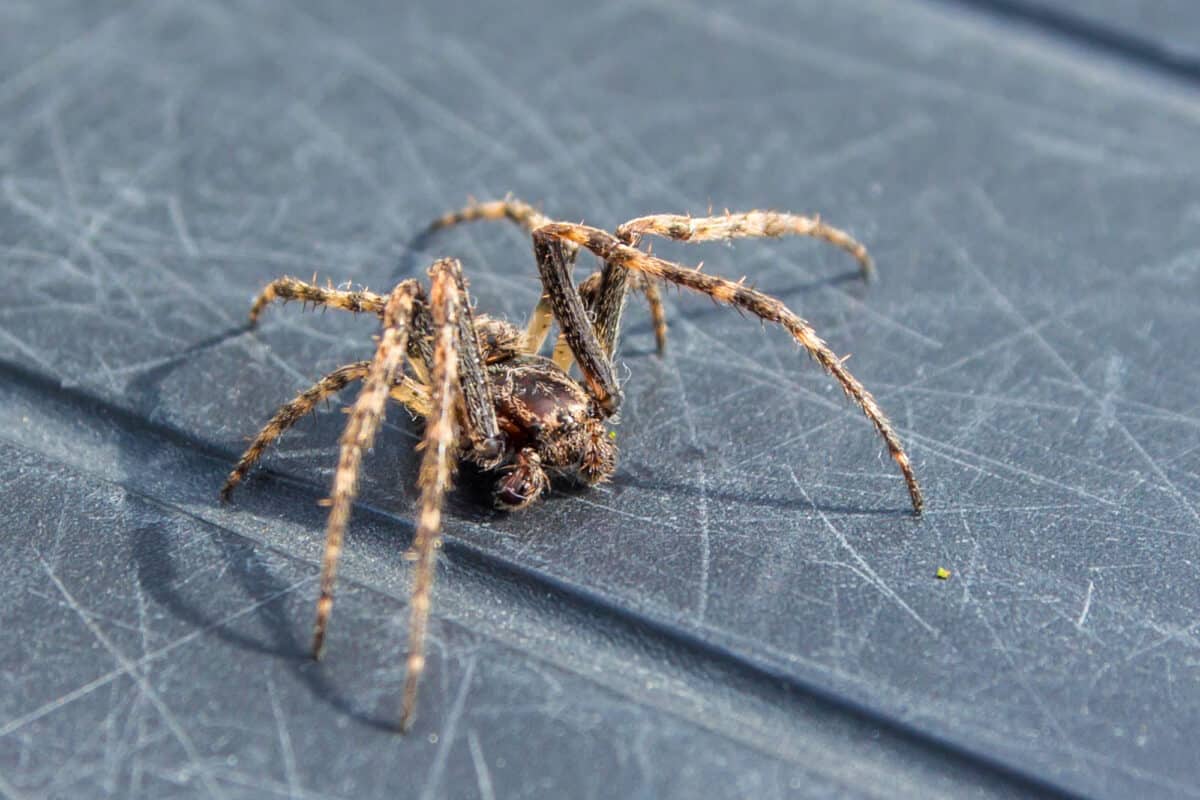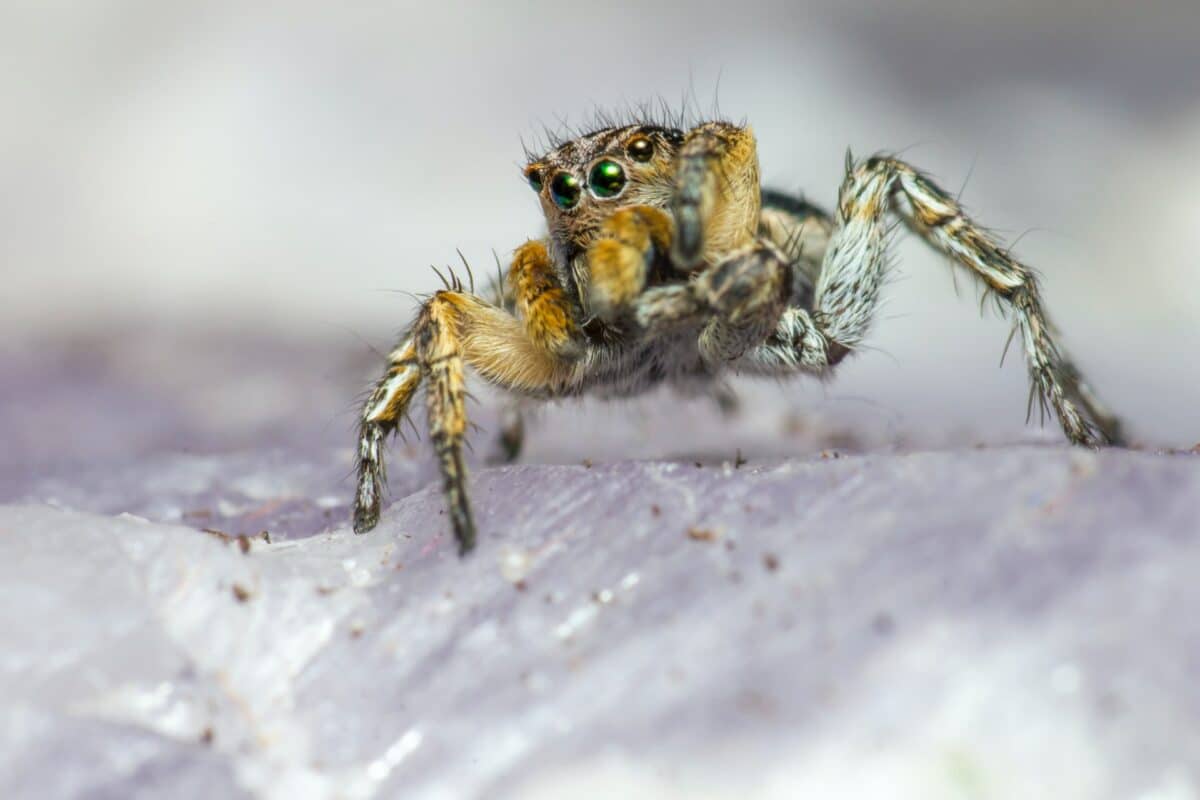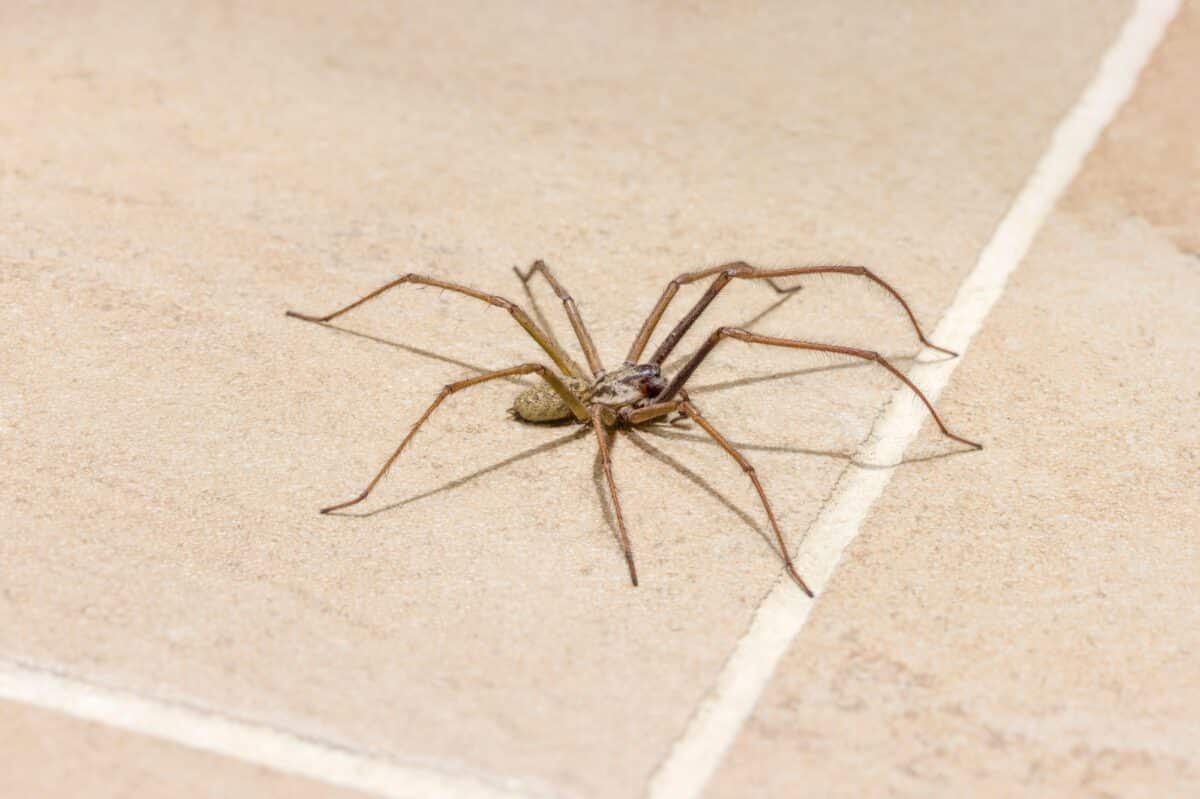Spiders are fascinating creatures, essential to our ecosystem, yet their presence at home might trigger an instinctive unease for many. While spiders help control pest populations, keeping them outside is often preferred. Safely managing spider encounters at home can foster harmony between humans and these eight-legged allies. Here, we delve into 15 effective strategies to keep your home spider-free, empowering you with safe and engaging solutions.
15. Understand Spider Behavior

Understanding spider behavior is the first step in safely handling them. Spiders are generally shy creatures that avoid human interaction. Most species pose no threat to humans and help by controlling other insect populations in your home. Recognizing their natural tendencies can alleviate unnecessary fear and promote coexistence.
14. Identify Common House Spiders

Identifying common house spiders can demystify these creatures. Species like the domestic house spider, cellar spider, and jumping spider are frequent indoor residents. Recognizing these harmless arachnids can help differentiate them from potentially dangerous species, reducing overreactions and fostering informed actions.
13. Seal Entry Points

Spiders typically enter homes through openings like cracks and gaps. Seal entry points with caulk or weather stripping to prevent unwelcome visitors. Regularly check windows, doors, and foundations for vulnerabilities that might serve as entryways for spiders and other insects.
12. Maintain a Clean Environment

Spiders are less likely to linger in clutter-free areas. Regular cleaning reduces the availability of prey, such as other insects, making your home less attractive to spiders. Vacuum regularly and keep storage areas tidy to minimize spider habitats.
11. Store Firewood Outdoors

Firewood can be a haven for spiders, providing shelter and warmth. Keeping firewood stored away from your home reduces the likelihood of spiders hitching a ride indoors. When bringing in logs, inspect them carefully for spider presence.
10. Use Natural Repellents

Natural repellents like essential oils can deter spiders from entering your home. Oils such as peppermint, tea tree, and citrus are particularly effective. Mix a few drops with water in a spray bottle and apply to areas where spiders are likely to enter, like window sills and doorframes.
9. Install Spider Traps

Spider traps are a chemical-free method to reduce spider populations indoors. Place glue traps in corners, behind furniture, and other spider-prone areas. These traps can effectively capture wandering spiders without causing harm to pets or children.
8. Utilize Sticky Tape for Spot Control

Sticky tape can act as a temporary barrier to intercept spiders. Applying tape with the sticky side up along potential entry points like baseboards and door thresholds can catch spiders attempting to cross over. This method is quick, easy, and safe for indoor use.
7. Encourage Natural Predators

Encouraging natural predators like birds can naturally regulate spider presence. Install bird feeders and birdhouses around your property to attract these allies. By creating an environment that supports biodiversity, you can reduce the need for more direct spider management methods.
6. Install Screens

Window and door screens are effective barriers against spiders and other insects. Ensure that screens are intact and fit snugly, preventing even the smallest entries. This inexpensive installation can significantly reduce indoor spider appearances.
5. Educate Household Members

Education is key to managing spider encounters. Teach household members about peaceful coexistence with spiders and the benefits these arachnids provide. Equip them with the knowledge and techniques for handling situations without panic or harm to wildlife.
4. Capture and Release

For those not comfortable with spiders, a capture-and-release approach is humane and environmentally friendly. Use a jar and a piece of paper to gently contain and transport the spider outside. This method resolves immediate concerns while keeping the spider alive.
3. Monitor Changes in Spider Activity

Regular monitoring of spider activity can highlight areas that need addressing. Note any increase in sightings or unexpected changes in behavior, which may indicate underlying issues such as increased insect populations requiring attention.
2. Consult Pest Control Professionals

If spider populations become overwhelming, consulting pest control professionals can be a sensible course of action. These experts offer environmentally responsible solutions tailored to your needs, ensuring safety and effectiveness.
1. Maintain a Balanced Ecosystem

Maintaining a balanced indoor ecosystem can naturally deter spider invasions. Achieving this involves promoting biodiversity and ensuring that no particular insect population dominates. By nurturing an ecological balance, you make your home an unattractive target for spiders.
In conclusion, spiders play a vital role in our ecosystem, and handling encounters with them safely at home encourages a more harmonious existence. By understanding spider behavior, implementing preventative measures, and respecting the natural world, we can make our homes both safe and spider-free. Taking these actions empowers homeowners to appreciate the role of spiders while maintaining a comfortable living space.
- America’s Most Endangered Mammals And How to Help - August 9, 2025
- The Coldest Town in America—And How People Survive There - August 9, 2025
- How Some Birds “Steal” Parenting Duties From Others - August 9, 2025

